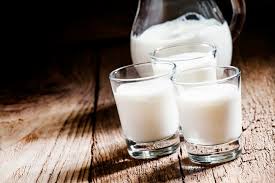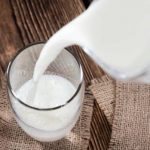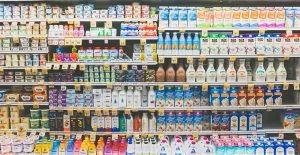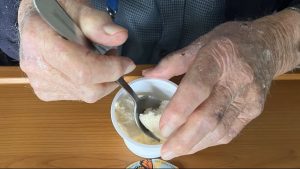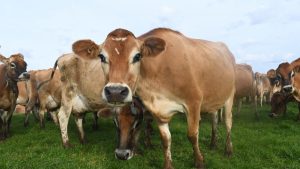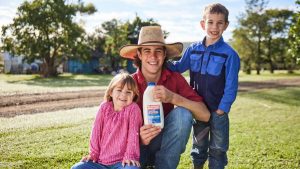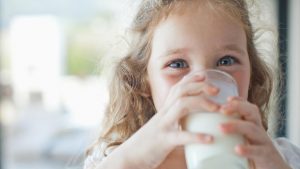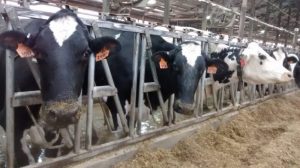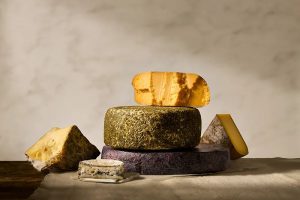
The industry body’s human health and nutrition policy manager, Melissa Cameron, told the recent Australian Dairy Conference in Canberra it was time to debunk the myths surrounding non-dairy alternatives, such as almond, pea, soy, oat and rice milks.
Data shows non-dairy alternatives accounted for 5 per cent of supermarket sales by volume 12 years ago, but only rose to 7 per cent by late last year.
But 31 per cent of consumers were buying both dairy and non-dairy alternatives.
“While demand for fresh white milk is pretty stable, demand for non-dairy alternatives is more elastic,” Ms Cameron said.
“So consumers show a lot more price sensitivity to buying these products.
“They’re expensive and consumers increase their purchase of these products when they are on sale.
“And after the promotional activity, the sales return to normal consumption patterns.”Ms Cameron said there was a perception that non-dairy alternative beverages were healthier than milk, although this was a misnomer.
“More than half of the respondents are reporting that they buy non-dairy alternatives because they perceive them to be healthier,” she said.
“It would appear that animal welfare and sustainability are not the current reasons driving this purchasing, although our vegan friends would like to think differently.”
The non-dairy alternative beverages generally had filtered water added to their plant base and were fortified with calcium and a range of other minerals and vitamins.
In some cases, key minerals and vitamins were not naturally present in the drink.
Ms Cameron said nutrients were added to these products to try to mimic the composition of milk.
“At first glance, they seem pretty healthy, especially when they are fortified with calcium and protein,” she said.
“However, these products are highly unlikely to have the same health benefits as milk.”
Ms Cameron said the Federal Government was reviewing the terminology used on beverage packaging and considering cracking down on labelling for imitation.
